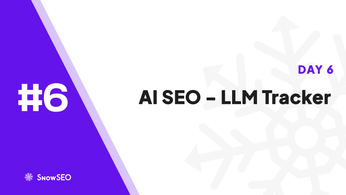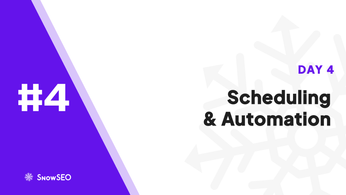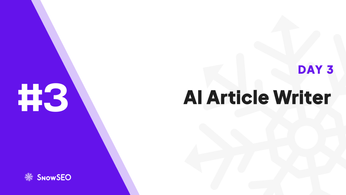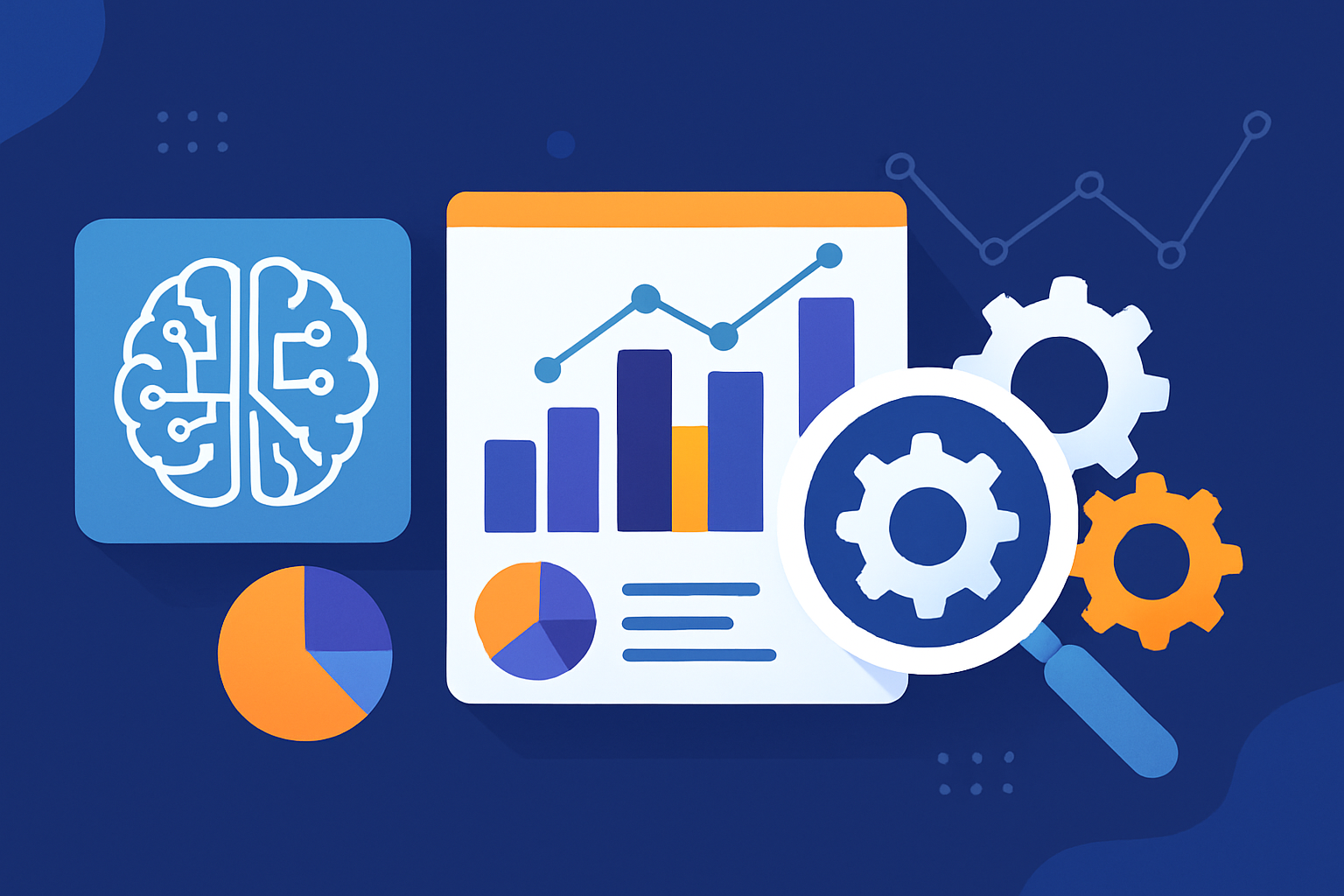
AI Platforms Optimization: A Complete Guide
Table of Contents
Unlock the full potential of your enterprise AI platforms with strategic optimization. Many organizations invest heavily in AI frameworks like TensorFlow and Keras, yet struggle to fully leverage their capabilities due to suboptimal configurations, resource bottlenecks, and fragmented workflows.
This guide provides comprehensive techniques to optimize AI platforms effectively, from fine-tuning hyperparameters and streamlining data pipelines to scaling inference workloads and implementing robust monitoring. You’ll discover practical steps to enhance performance, reduce operational costs, and accelerate time to insight.
Drawing on insights from AI industry experts and real-world case studies-where optimized AI solutions boosted efficiency by 25% and cut costs by 30%-this resource equips you with the knowledge to transform your AI initiatives. Whether you’re responsible for infrastructure, data engineering, or machine learning operations, you’ll find actionable strategies and best practices to elevate your platform’s performance and drive measurable business impact.
The Importance of AI Platform Optimization
Optimizing enterprise AI platforms isn’t just a technical luxury-it’s the backbone of scalable, cost-effective intelligence. As organizations pour resources into AI, ensuring models run efficiently can mean the difference between breakthrough insights and wasted compute cycles.
Impact of Optimization on Performance
When AI workloads are fine-tuned, you unlock dramatic gains:
- Reduced Latency: Speeding up inference so real-time decisions happen without delay.
- Lower Costs: Cutting cloud compute bills by eliminating idle GPU and CPU cycles.
- Scalability: Seamlessly handling increased data volumes without performance degradation.
- Energy Efficiency: Minimizing power consumption, supporting sustainable AI initiatives.
Important Tip: Prioritize bottleneck analysis early-profiling tools reveal hotspots before you invest heavily in hardware.
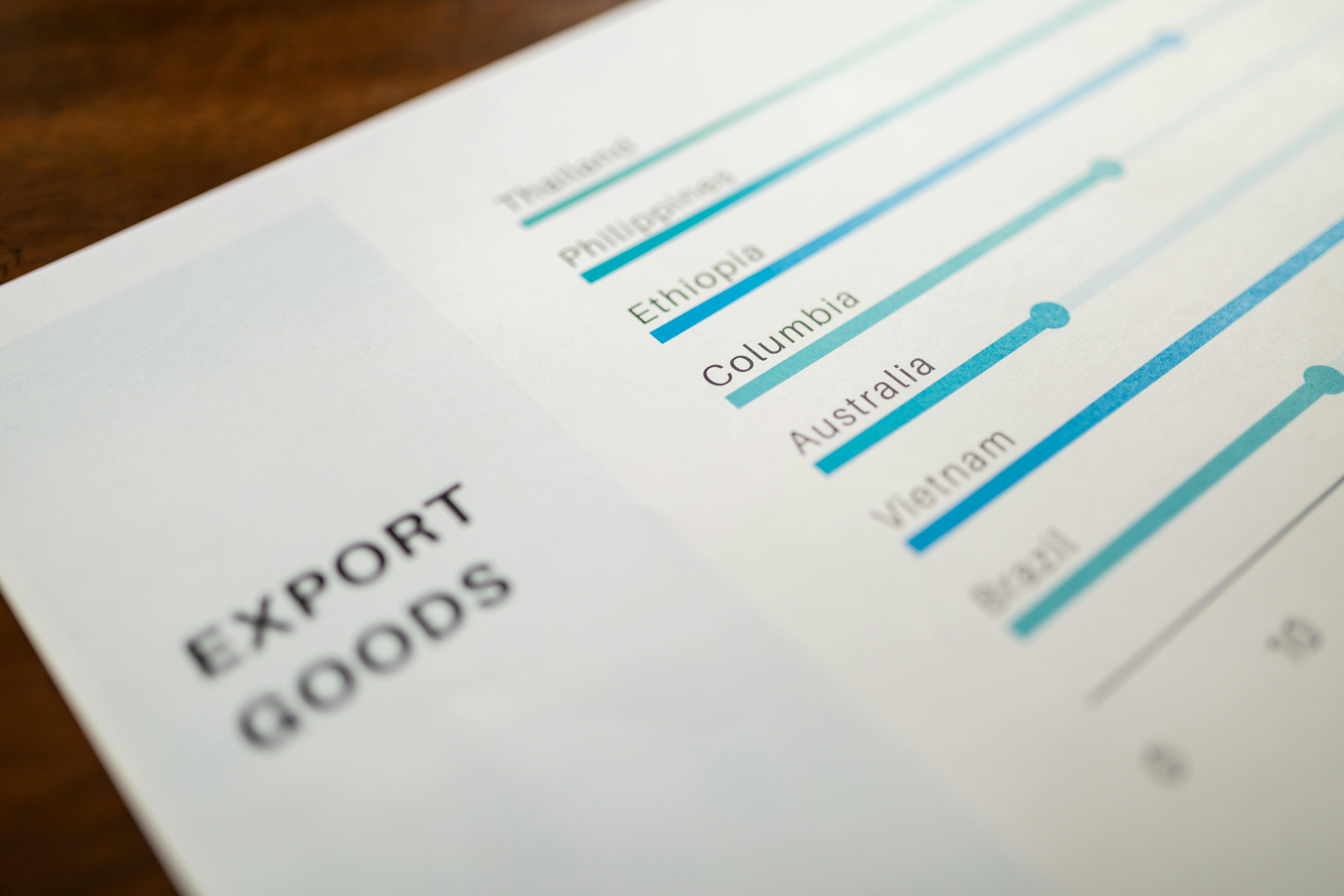
Consider this comparison of a vision model before and after optimization:
| Metric | Before Optimization | After Optimization |
|---|---|---|
| Inference Time (ms) | 120 | 45 |
| GPU Utilization (%) | 30 | 75 |
| Cost per 1,000 Inferences | $12 | $3 |
| Energy Consumption (kWh) | 8 | 3 |
- Profile your pipeline to identify slow layers.
- Apply techniques like model pruning, quantization, or mixed precision.
- Continuously monitor performance in production and retrain optimizations as models evolve.
Key Insight: According to Forrester, optimized AI platforms improve efficiency by 25%, and one case study showed costs dropping by 30%.
By focusing on optimization, enterprises not only accelerate AI-driven innovation but also ensure sustainable growth and resource stewardship.
Key Strategies to Optimize AI Platforms
Optimizing AI platforms demands a multi-pronged approach that balances performance, cost, flexibility, and responsibility. Organizations that master these strategies gain a competitive edge by delivering faster insights, reducing operational risk, and ensuring long-term sustainability.

1. Optimizing AI Algorithms
Fine-tuning models and streamlining data pipelines are foundational steps in learning how to optimize AI:
- Algorithm Selection and Pruning
- Evaluate model complexity versus accuracy to avoid over-parameterization.
- Apply pruning techniques (e.g., weight and neuron pruning) to reduce inference latency without sacrificing performance.
- Hyperparameter Tuning
- Use automated tools (Bayesian optimization, grid/random search) to identify optimal learning rates, batch sizes, and regularization parameters.
- Implement early stopping criteria to prevent overfitting and save compute resources.
- Mixed-Precision and Quantization
- Leverage FP16 or INT8 precision for training and inference to accelerate computation on GPUs and specialized accelerators.
- Monitor accuracy drift when quantizing large language or vision models.
- Data Pipeline Efficiency
- Employ data versioning and schema validation to prevent pipeline breaks.
- Cache and batch preprocess steps to minimize I/O overhead.
Key Insight: According to AI Index Report 2024, AI training compute doubled every 3.4 months between 2018 and 2023, highlighting the urgency of algorithmic efficiency.
2. Enhancing Scalability and Flexibility
A robust AI platform must scale seamlessly to handle variable workloads and evolving use cases:
- Modular Architecture
- Design microservices for model training, serving, and monitoring, allowing independent scaling and easier updates.
- Containerize components with Docker or Kubernetes to enable rapid deployment.
- Dynamic Resource Allocation
- Implement autoscaling policies based on CPU/GPU utilization and memory footprint.
- Use spot instances or preemptible VMs for non-critical batch jobs to cut costs by up to 70%.
- Framework and Interoperability Standards
- Adopt open formats like ONNX to move models between TensorFlow, Keras, and PyTorch without rewriting code.
- Maintain versioned APIs and backward compatibility to prevent breaking changes.
- Continuous Integration/Continuous Deployment (CI/CD)
- Automate testing pipelines for new models and data schema changes.
- Use canary deployments to roll out updates to a subset of users before full release.
| Strategy | Benefit | Tool Examples |
|---|---|---|
| Modular Architecture | Independent scaling and updates | Kubernetes, Docker |
| Dynamic Resource Allocation | Cost-effective elasticity | AWS Auto Scaling, GKE |
| Framework Interoperability | Reduced vendor lock-in | ONNX, MLflow |
| CI/CD for AI | Faster delivery with fewer regressions | Jenkins, GitLab CI/CD |
Tip: Leverage public-private partnerships to share best practices and infrastructure, reducing development time and fostering innovation.
3. Incorporating AI Ethics
Embedding ethical considerations ensures AI platforms are trusted, compliant, and aligned with societal values:
- Governance Frameworks
- Establish cross-functional ethics committees to review model risks-biased outcomes, privacy leaks, or unintended misuse.
- Integrate ethical checkpoints at key lifecycle stages: data collection, model training, deployment, and monitoring.
- Bias Detection and Mitigation
- Use fairness metrics (demographic parity, equalized odds) to quantify bias.
- Retrain or reweight datasets when disparities are detected.
- Transparency and Explainability
- Apply explainable AI techniques (LIME, SHAP) to surface feature importance and decision rationale.
- Document model lineage, hyperparameters, and training data sources for auditability.
- Sustainability and Privacy
- Schedule compute tasks during low-carbon energy periods and optimize for energy-efficient hardware.
- Enforce data minimization principles-collect only the data necessary for your use case.
Warning: Neglecting ethics can lead to regulatory fines, reputational damage, and user mistrust. According to UNESCO’s Recommendation on the Ethics of Artificial Intelligence, global uptake of ethical guidelines is critical by 2025 to safeguard human rights.
By integrating these strategies-algorithmic refinement, scalable design, and ethical guardrails-organizations can truly master how to optimize AI platforms for peak performance, resilience, and trust.
Latest Trends in AI Platform Optimization
The landscape of latest AI trends in platform optimization is rapidly evolving as organizations seek to harness cutting-edge methods for efficiency and scalability. Emerging priorities include automating model tuning, integrating edge-to-cloud workflows, and emphasizing sustainability in compute usage. According to Stanford’s AI Index Report 2024, investment in AI infrastructure has surged, fueling advancements in performance and resource management.
Innovations in Deep Learning
Deep learning continues to drive major breakthroughs in platform optimization. Engineers are focusing on reducing model complexity while preserving accuracy, enabling deployment on diverse hardware environments. Key innovations include:
- Self-Supervised Learning
- Models pretrain on vast unlabeled data, cutting annotation costs.
- Model Compression Techniques
- Pruning, quantization, and knowledge distillation shrink model sizes.
- Neuromorphic and Edge-Friendly Architectures
- Designs that mimic brain synapses for ultra-low-power inference.
- Adaptive Hyperparameter Tuning
- Automated tools adjust learning rates and batch sizes in real time.
Key Insight: Leveraging self-supervised methods can boost data efficiency by up to 40% without extra labeling.
Deploying these advancements requires robust pipelines and collaboration between data scientists, DevOps, and hardware teams.
Aligning your next move with expert insights transforms knowledge into action-and SnowSEO is built to guide every step. You’ve explored the latest AI platform optimization tactics, from hyper-parameter tuning to performance monitoring, and now it’s time to apply them effortlessly. SnowSEO’s unified AI-SEO pipeline automates keyword research and content generation tailored for both search engines and AI platforms like ChatGPT and Claude, so you can implement advanced strategies without juggling multiple tools. Its real-time performance tracking and competitor monitoring ensure you’re always one step ahead, while hyper-personalized content recommendations fill any gaps identified in your optimization process.
Ready to streamline your workflow and accelerate organic growth? Head to the SnowSEO dashboard to set up your first project in minutes. Our AI-powered engine will automatically audit your content, suggest actionable optimizations, and publish directly to your CMS-all backed by a 24x7 expert team experience. Explore our AI tools page to find the right solutions, and see how SnowSEO can reduce complexity, cut costs, and boost your rankings across search and AI-driven platforms.
Frequently Asked Questions
Q1: How can I measure the impact of optimizing my AI platform?
Tracking key performance indicators (KPIs) like model training time, inference latency, and resource utilization gives a clear picture of optimization success. Use dashboards to monitor metrics in real time and compare against baseline benchmarks. Conduct A/B testing with control and optimized environments to isolate improvements. Regularly review cost reports and efficiency gains-Forrester reports a typical 25% efficiency boost after platform tuning.
Q2: What are the first steps to start AI platform optimization?
Begin by auditing your current infrastructure: note hardware specs, software versions, and workload patterns. Identify bottlenecks in data pipelines and model deployment. Prioritize quick wins-like enabling mixed-precision training in TensorFlow or Keras-and schedule deeper refactoring for long-term gains. Engage cross-functional teams to align optimization goals with business objectives and create a phased roadmap.
Q3: How do I balance cost savings with performance improvements?
Optimization often reduces cloud spend by right-sizing instances and leveraging spot pricing. Track performance impact closely-ensure reduced costs don’t introduce unacceptable latency or accuracy drops. Implement autoscaling to handle peak loads without manual intervention. Document trade-offs and maintain rollback plans so you can adjust configurations without disrupting production workloads.
Conclusion
Optimizing AI platforms isn’t just a technical checkbox-it’s the heartbeat of sustainable, scalable, and impactful AI deployment.
Key Takeaways
- Optimization is critical to AI success: Streamlined workflows and model fine-tuning drive measurable efficiency gains.
- Practical techniques can enhance platform efficiency: From AutoML integrations to energy-aware model design, targeted strategies transform raw compute into actionable insights.
- Staying current with trends ensures competitive advantage: Embracing heterogeneous computing, standardized benchmarking, and federated learning positions organizations at the forefront of innovation.
Continual refinement of your AI stack unlocks faster training cycles, reduced operational costs, and greener footprints.
Next Steps
- Audit your existing AI workflows to identify bottlenecks.
- Incorporate MLOps pipelines and AutoML tools like TensorFlow and Keras for automated tuning.
- Adopt benchmarking frameworks to track performance, fairness, and energy consumption.
Explore our AI tools page to find the right solutions. Implement the strategies discussed to begin optimizing your AI platforms today.


